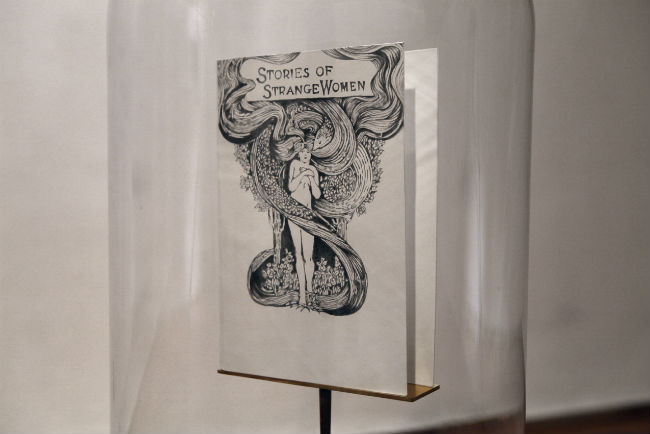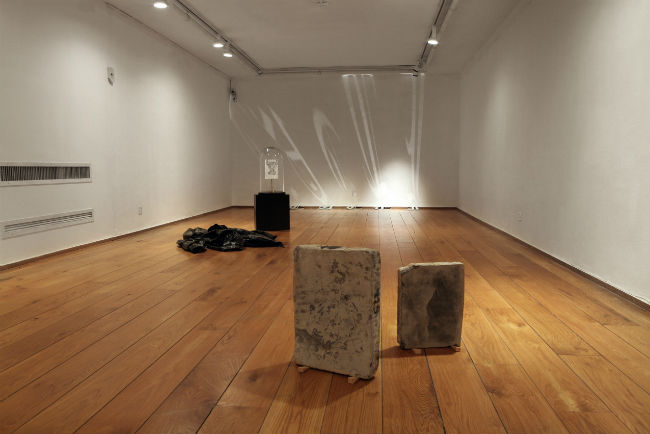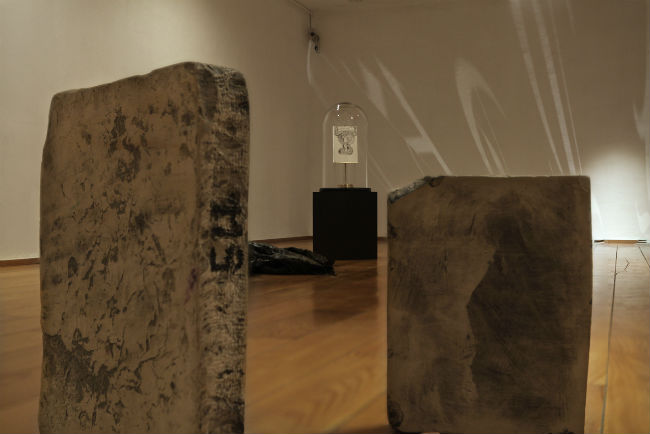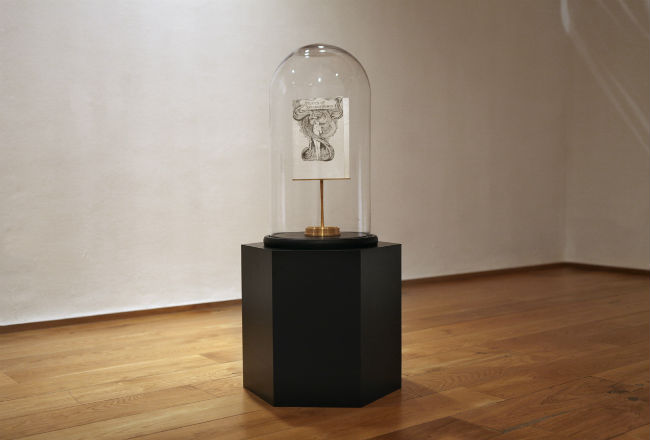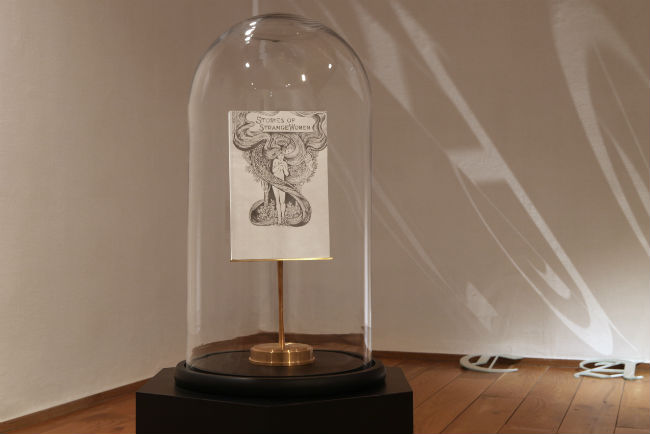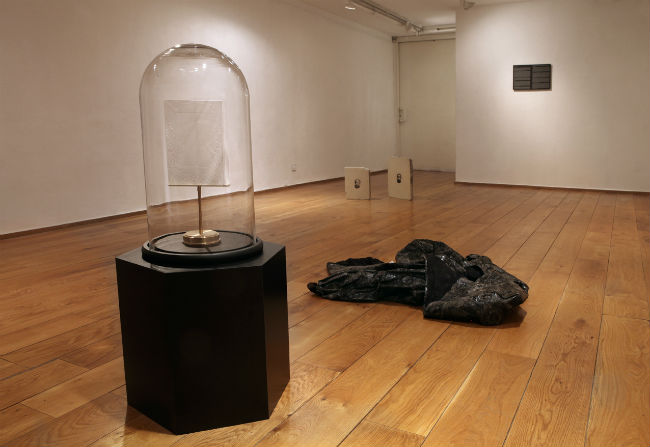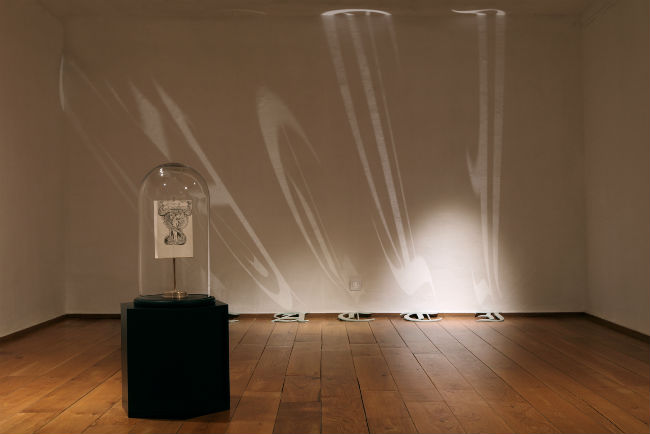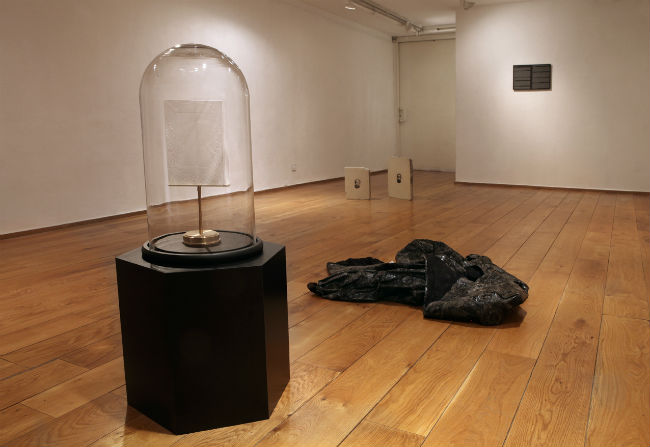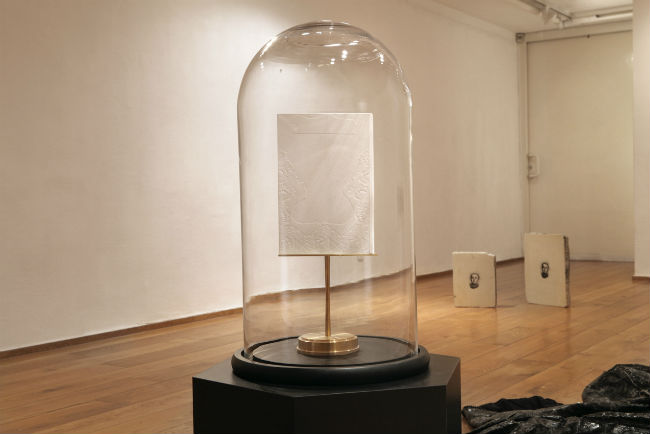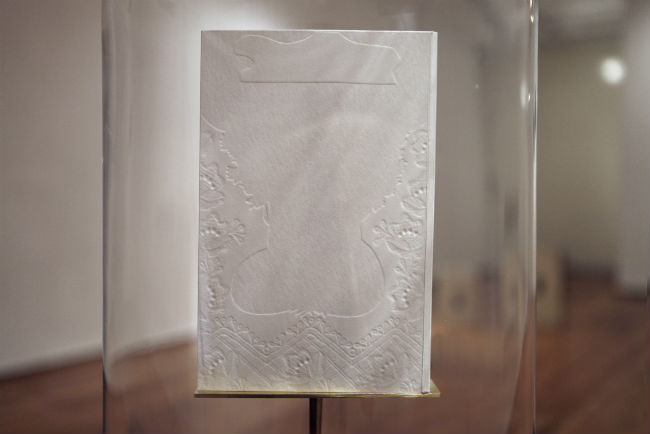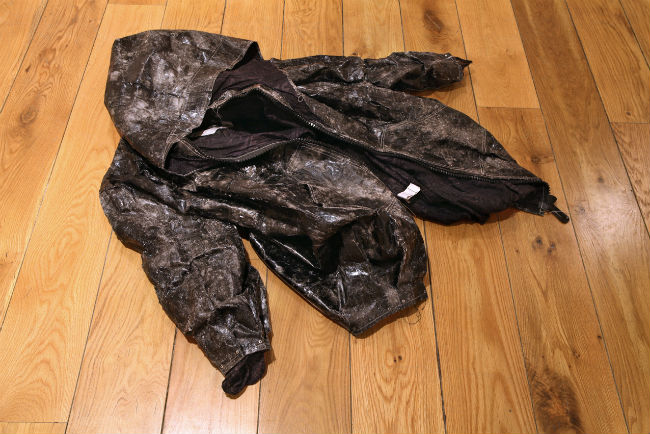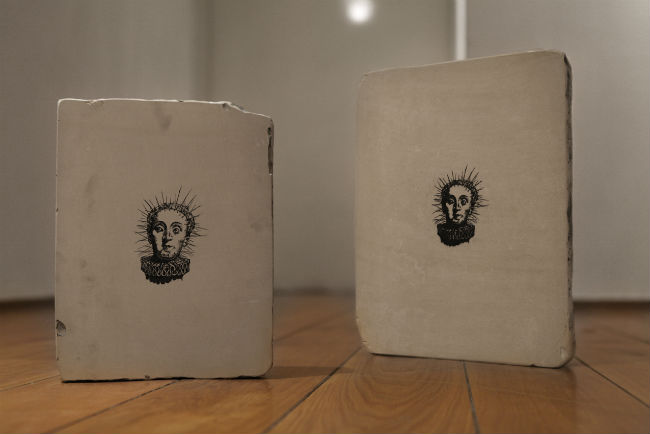The Sensitive Plant
The Jerusalem Artist' House, Jerusalem
May - July 2016
The Sensitive Plant, Meital Katz Minerbo’s site-specific installation, offers a reflexive look at aspects of sex and gender, drawing inspiration from 19th century poetic and visual sources, alongside themes from the world of science and botany. The Victorian domestic garden is a central image in the exhibition, as a focus that embodies a domestic space as well as a feminine site where women could work, learn, and expand their minds. The moralism that pervaded Victorian society and the rigid gender separation had kept women within the bounds of the domestic space, whereas botany and gardening were considered suitable occupations for women, and their contribution to these disciplines was recognized.
The garden in 19th century England reflected the growing interest in fauna and flora amongst men of science as well as amateur gardeners. From the Darwinian revolution – the shift from positivism to observation and the study of the origin of species – the garden was an image of the British empire, of control gained through knowledge, classification, and research. In the preceding decades, the garden was associated with the ethos of the Romantic way of life, and was considered a poetic site of solitude and contemplation. In the exhibition, Katz Minerbo touches on the tension between the scientific ethos and the Romantic one, which she does from a feminine axis as the encoding of abnormality and otherness in society; this brings the Gothic motif to the fore, like a reincarnation of suppressed Romantic sensibility.
The exhibition’s title is derived from a poem by that name, written by the English Romantic poet Percy Shelley in 1820. Shelley describes the love between a woman – The Lady, and the Mimosa pudica that grows in her garden – a plant considered rare and very sensitive to touch. However, in a gender reversal, the poem gives the plant masculine traits; its anthropomorphic portrayal as a sexual being that responds to its environment is typical of Romantic literature and conjures up a grand metaphor for life and death: after the death of the Lady, the garden is forgotten and left to decay, and the Mimosa plant is heartbroken.
The exhibition’s second source of inspiration is a charcoal drawing by the French symbolist Odilon Redon, titled Cactus Man (1881). Redon created the drawing after visiting a public display of natives of Tierra del Fuego, Argentina. Redon’s Cactus Man, which depicts a native man planted in a pot, spines protruding from his head, is associated with fears of reverting back to primal instincts, alongside a yearning for a lost simplicity.
As though using the site-specific installation for a conceptual experiment, Katz Minerbo combines the two sources of inspiration; she appropriates Redon’s Cactus Man in order to create a cactus man of her own, whom she plants in the cultivated Victorian garden in place of the Sensitive Plant. With that exchange she undermines seemingly “natural” orders, chipping away at cultural gender conventions. As she strips the “cactus man” of its masculine elements and empties its content, it becomes nothing but a slough, a husk – an attribute of power and strength that can contain the “other” as a symbol of difference and abnormality, empowering him in a territory of masculine conventions.
The elements that comprise the installation interweave a series of disciplines – from visual art and botany to fashion design – channeling 19th century visual and conceptual values. It is an encoded world, whose components look like ghosts put on display – objects of desire, simultaneously restrained and emotionally charged, recount a cryptic story that adds up to a contemporary narrative of otherness and gender.
Sally Haftel Naveh

